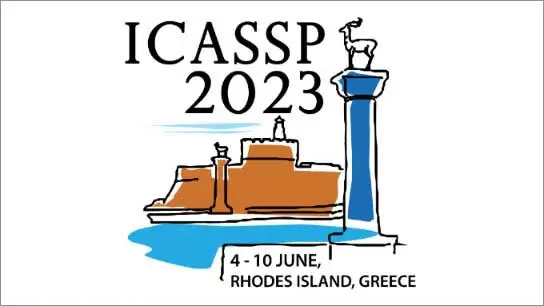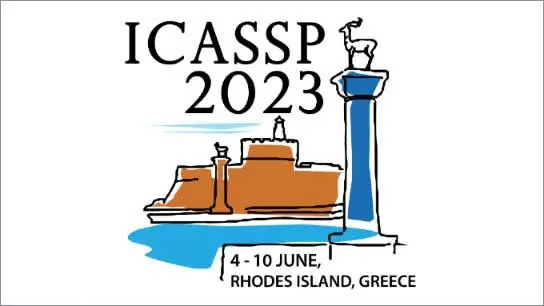The 2nd Clarity Enhancement Challenge for hearing aid speech intelligibility enhancement: Overview and Outcomes
Michael Akeroyd (University of Nottingham); Will Bailey (University of Sheffield); Jon Barker (Professor); Trevor Cox (University of Salford); John F Culling (Cardiff University); Simone Graetzer (University of Salford); Graham Naylor (University of Nottingham); Zuzanna Podwinska (University of Salford); Zehai Tu (University of Sheffield)
-
Members: FreeSPS
IEEE Members: $11.00
Non-members: $15.00
07 Jun 2023
This paper reports on the design and outcomes of the 2nd Clarity Enhancement Challenge (CEC2), a challenge for stimulating novel approaches to hearing-aid speech intelligibility enhancement. The challenge was for a listener attending to a target speaker in a noisy, domestic environment. The challenge extends the previous edition, CEC1, in a number of key respects: scenes have multiple interferers including speech, noise and music; ambisonics are used to model listener head movement; target speaker identity is provided to encourage speaker extraction approaches. Systems are evaluated both via the HASPI intelligibility metric and with listening tests using a panel of hearing-impaired listeners. The paper reviews the 18 systems that were submitted describing them in terms of their enhancement and amplification stages. HASPI is seen to be a good predictor of listener performance. The top system, using carefully engineered neural approaches, produces highly intelligible signals for complex scenes with SNRs down to -12 dB while obeying the challenges 5 ms latency constraint.



